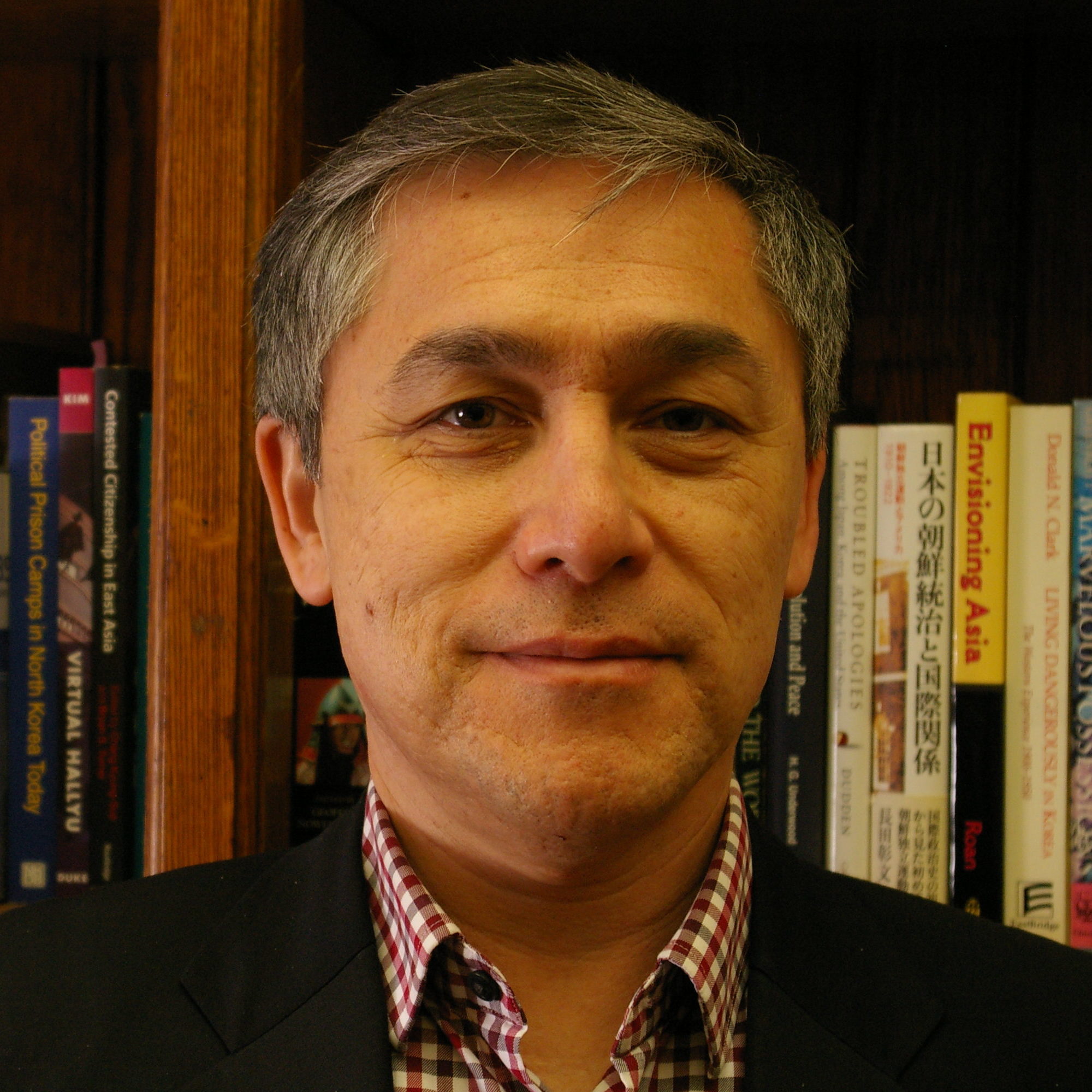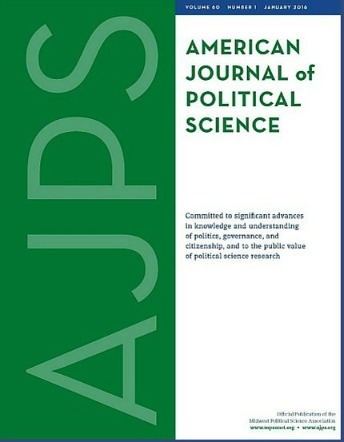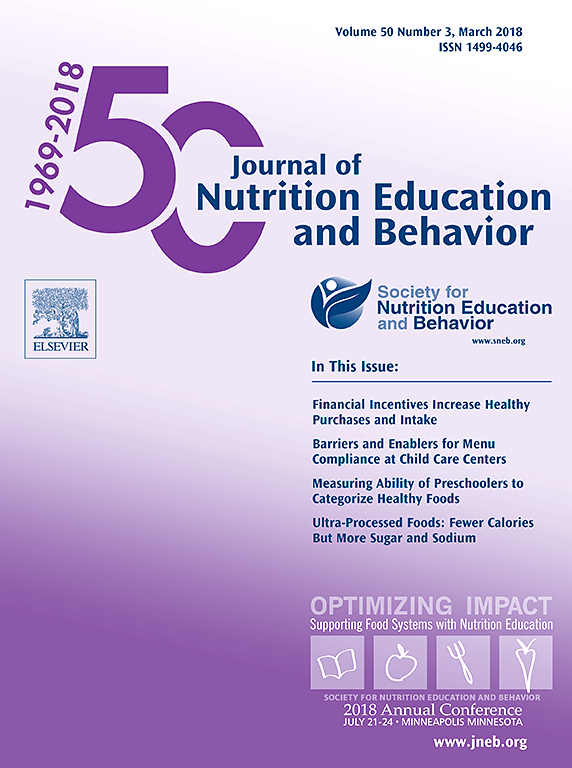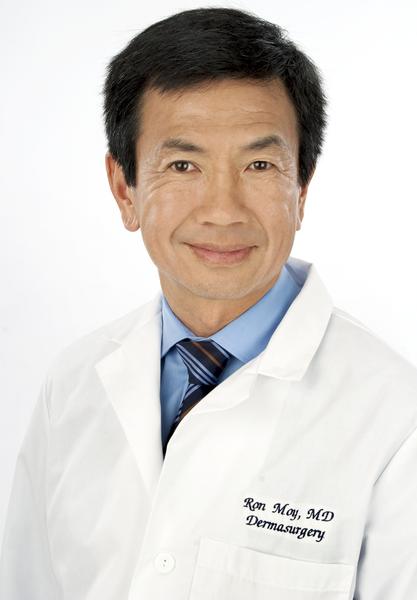
A historian has shuttered his personal blog, which he created to respond to critics of his high-profile book.
Columbia University professor Charles Armstrong launched the blog in order to address the criticisms of his book about North Korea during the Cold War. Soon after Tyranny of the Weak appeared, Balazs Szalontai of Korea University uploaded a series of what he called “noteworthy problems” with the book — mostly allegations of including either irrelevant or non-existent sources to support Armstrong’s claims. In the end of 2016, Armstrong announced on his blog that he was going to issue dozens of corrections to the book, which won the John K. Fairbank Prize in East Asian History in 2014.
The book has now been re-published; as such, Armstrong told Retraction Watch he sees no need to maintain the blog further:
 Many political scientists are up in arms over an editor’s decision to use his journal as a platform to defend himself from allegations of sexual harassment.
Many political scientists are up in arms over an editor’s decision to use his journal as a platform to defend himself from allegations of sexual harassment.
 Title:
Title:  Does incorporating gardens and their harvest into school-based nutrition programs help children get healthier? A 2017 paper claims it does, but a group of outside experts disagrees — strongly.
Does incorporating gardens and their harvest into school-based nutrition programs help children get healthier? A 2017 paper claims it does, but a group of outside experts disagrees — strongly.
 Last April, the
Last April, the 
 Here’s something we don’t see that often — authors retracting one of their articles because it included new data.
Here’s something we don’t see that often — authors retracting one of their articles because it included new data. Titles:
Titles: